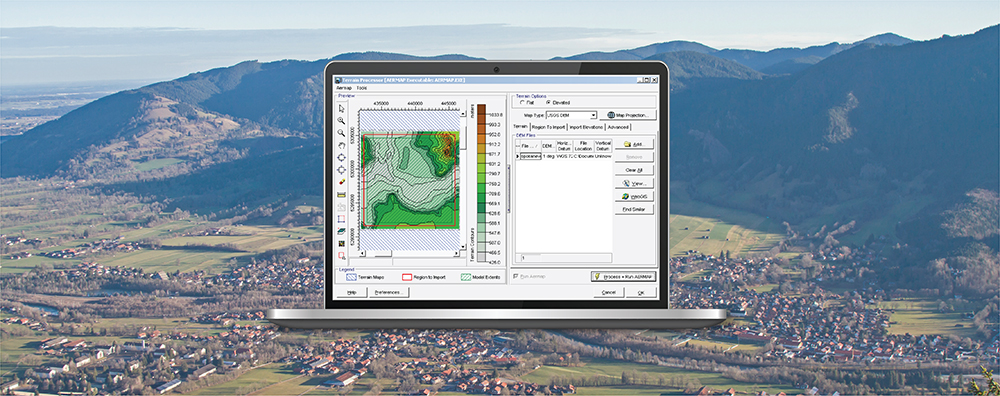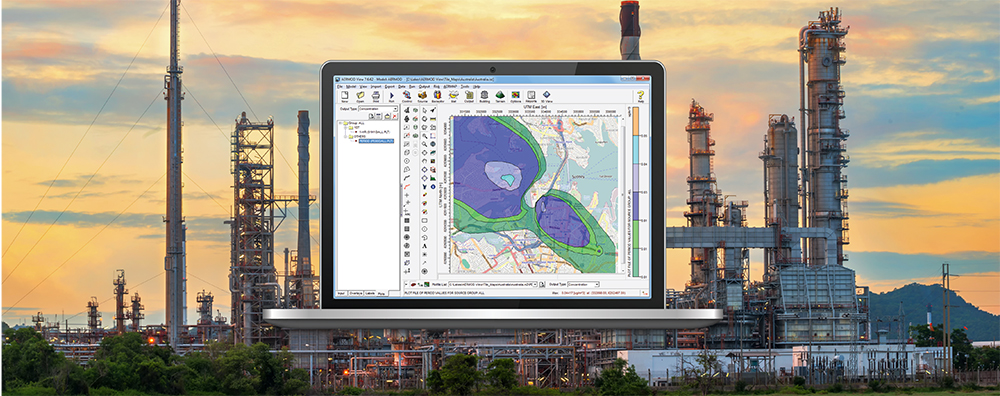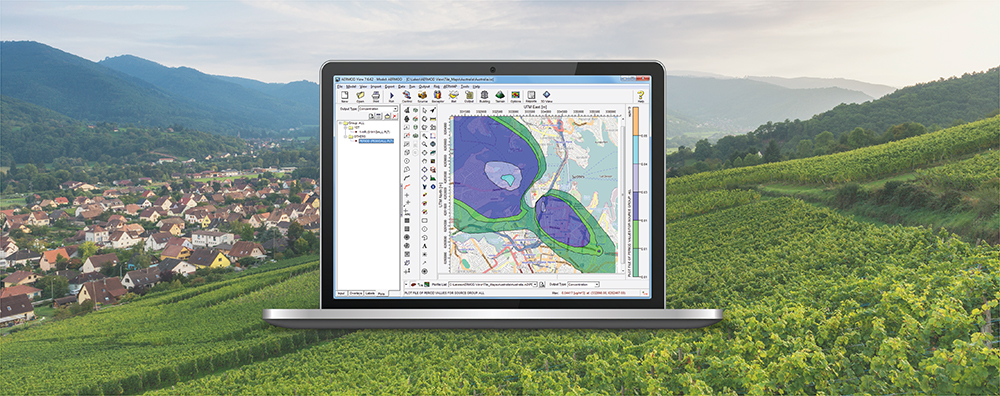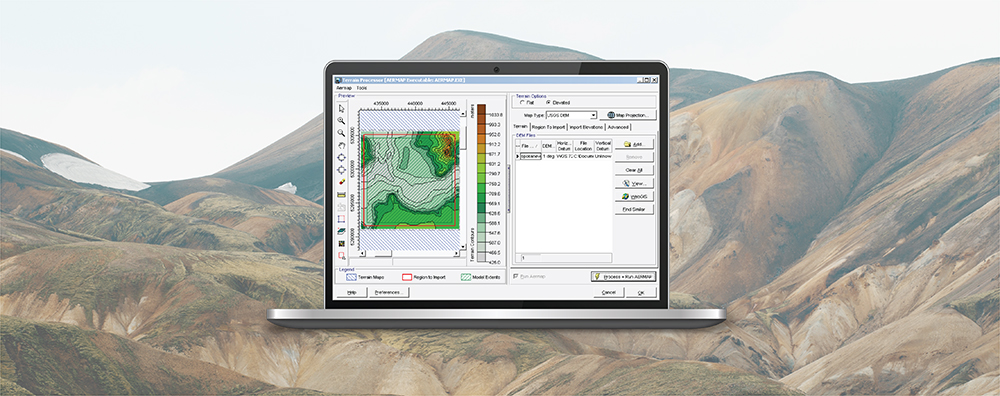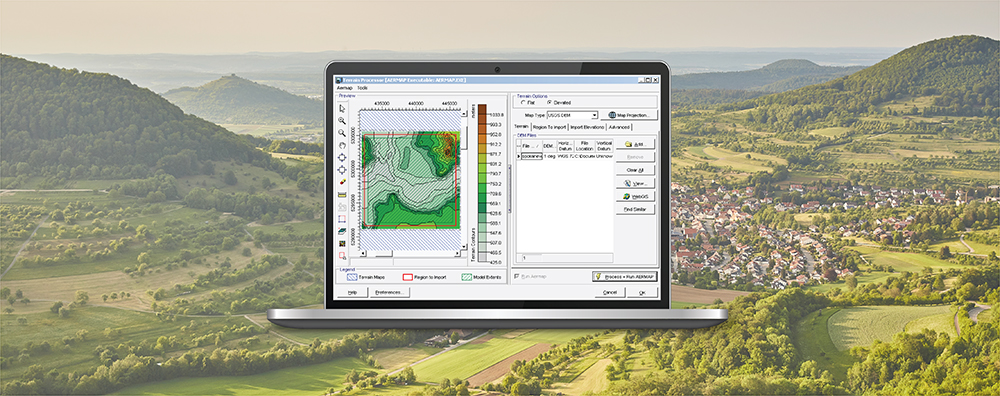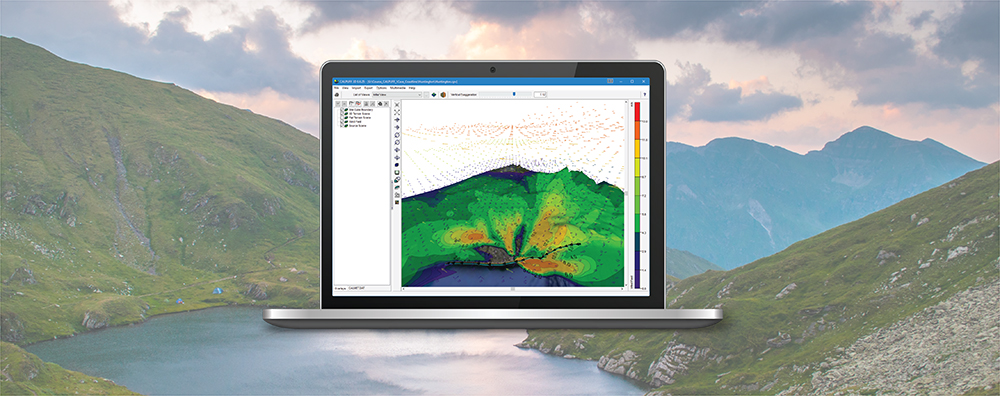U.S. EPA’s Guideline on Air Quality Models Published
In last month’s newsletter, we discussed that the U.S. EPA Administrator signed the final rule updating Appendix W to 40 CFR Part 51 – the Guideline on Air Quality Models. This final rule revised the scientific formulation in the AERMOD modeling system.

